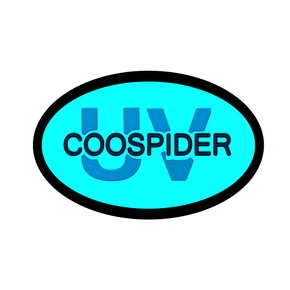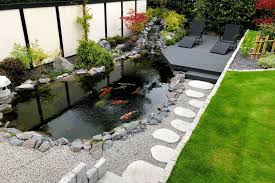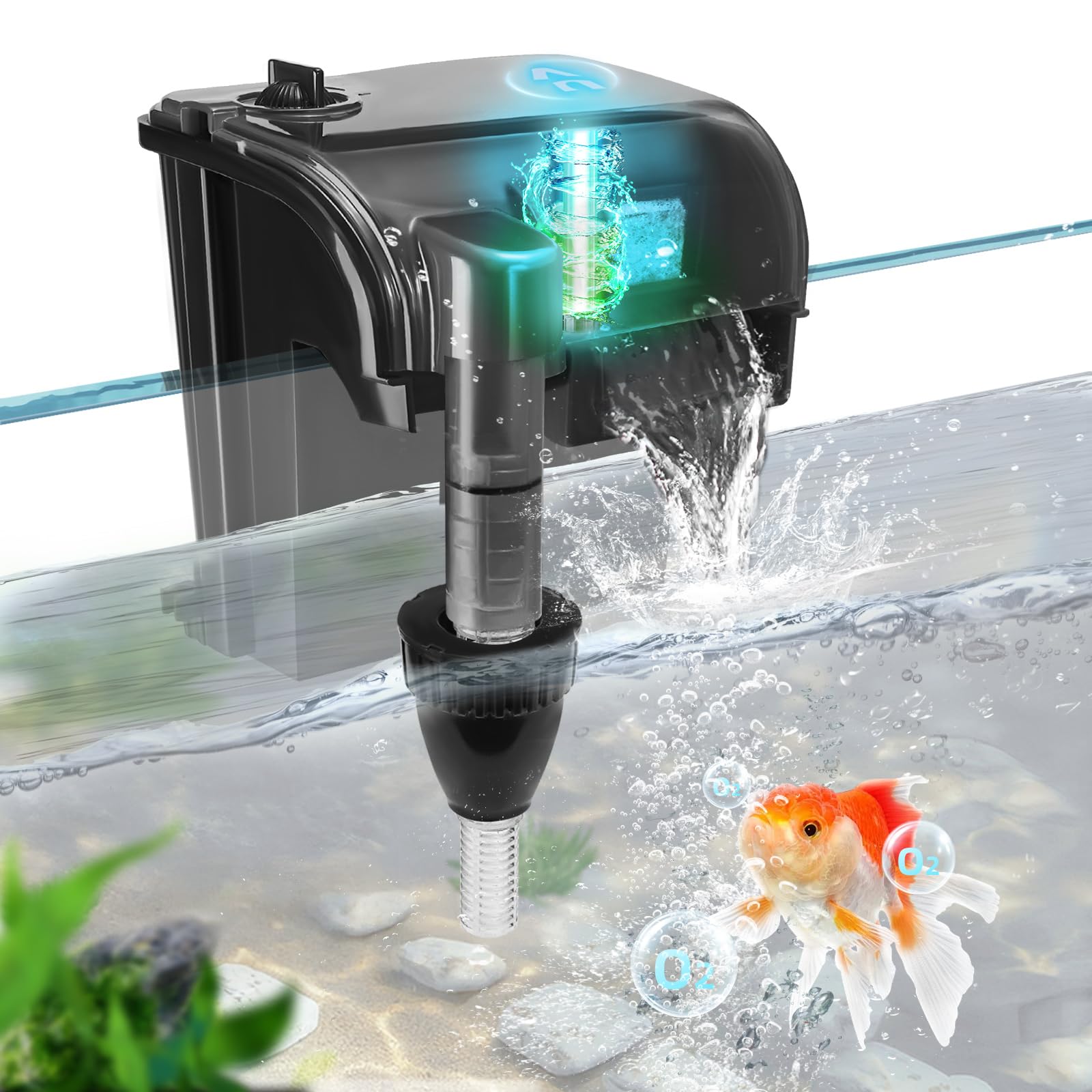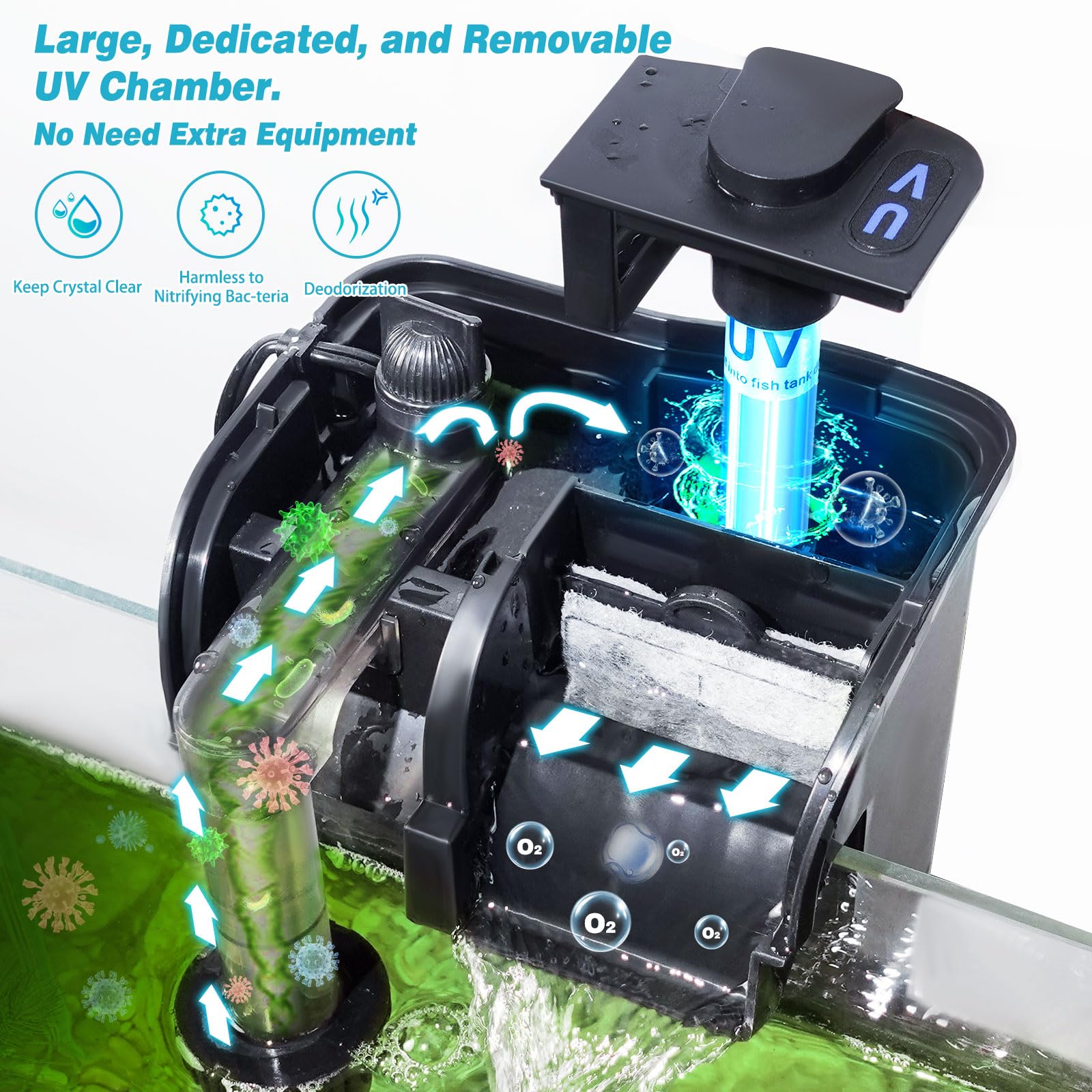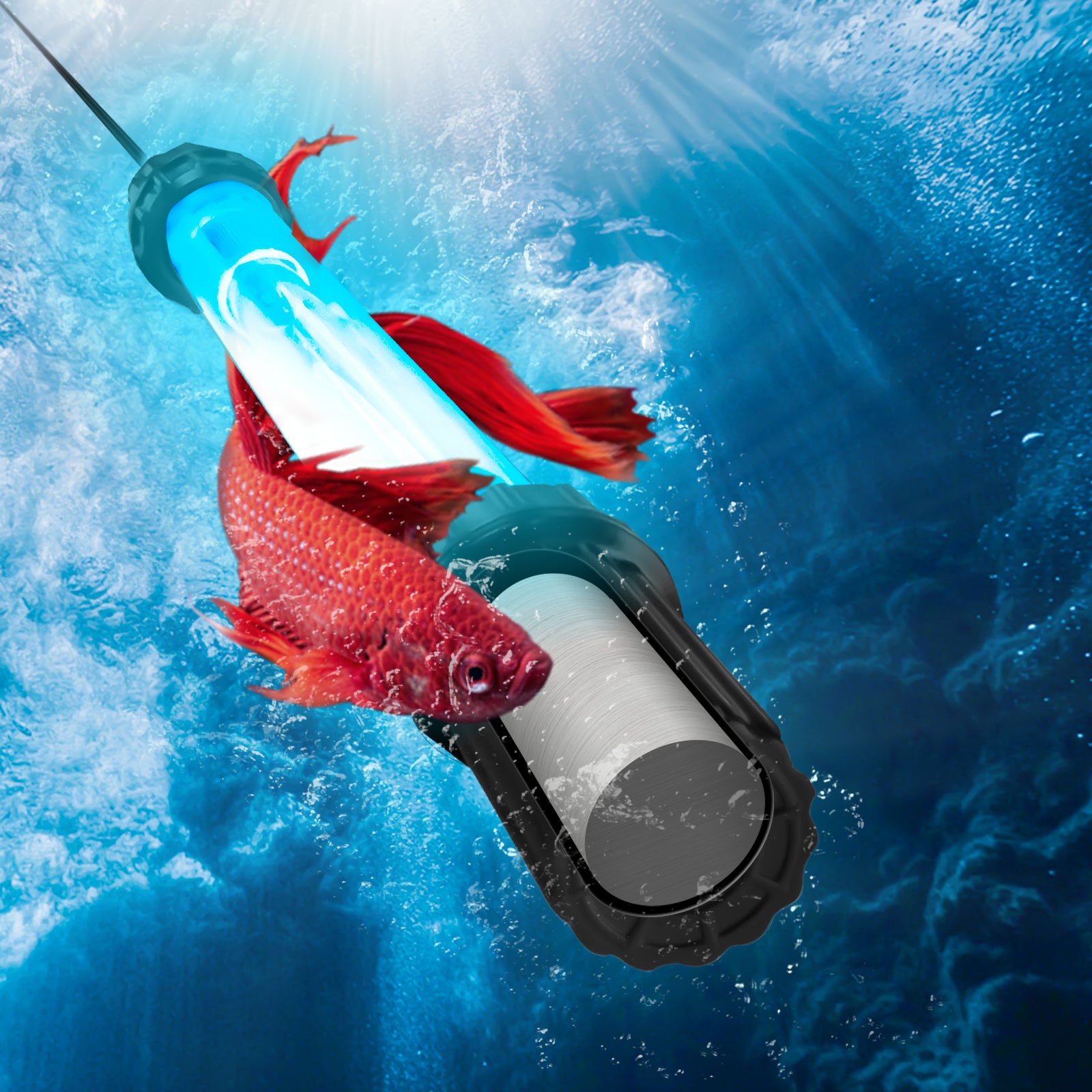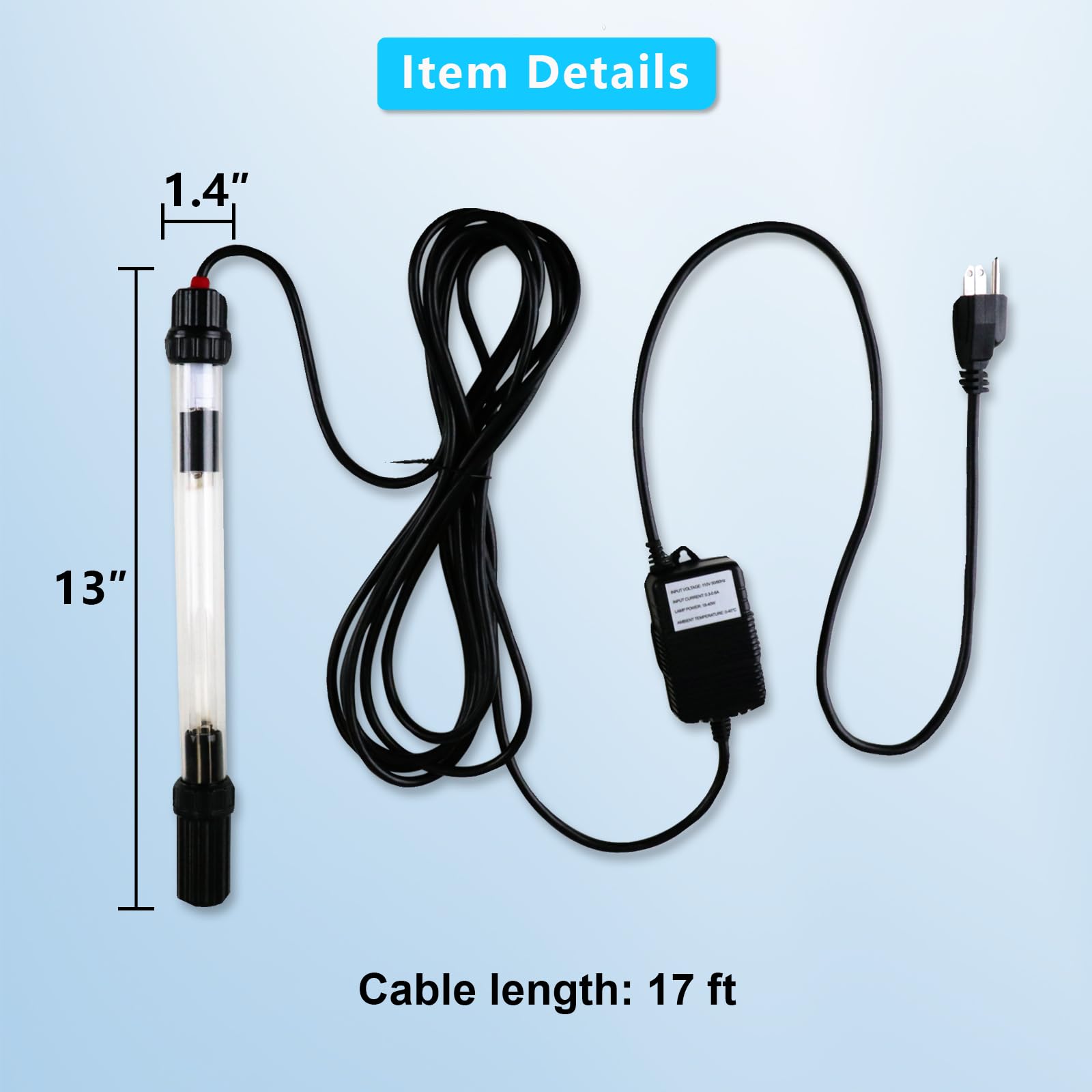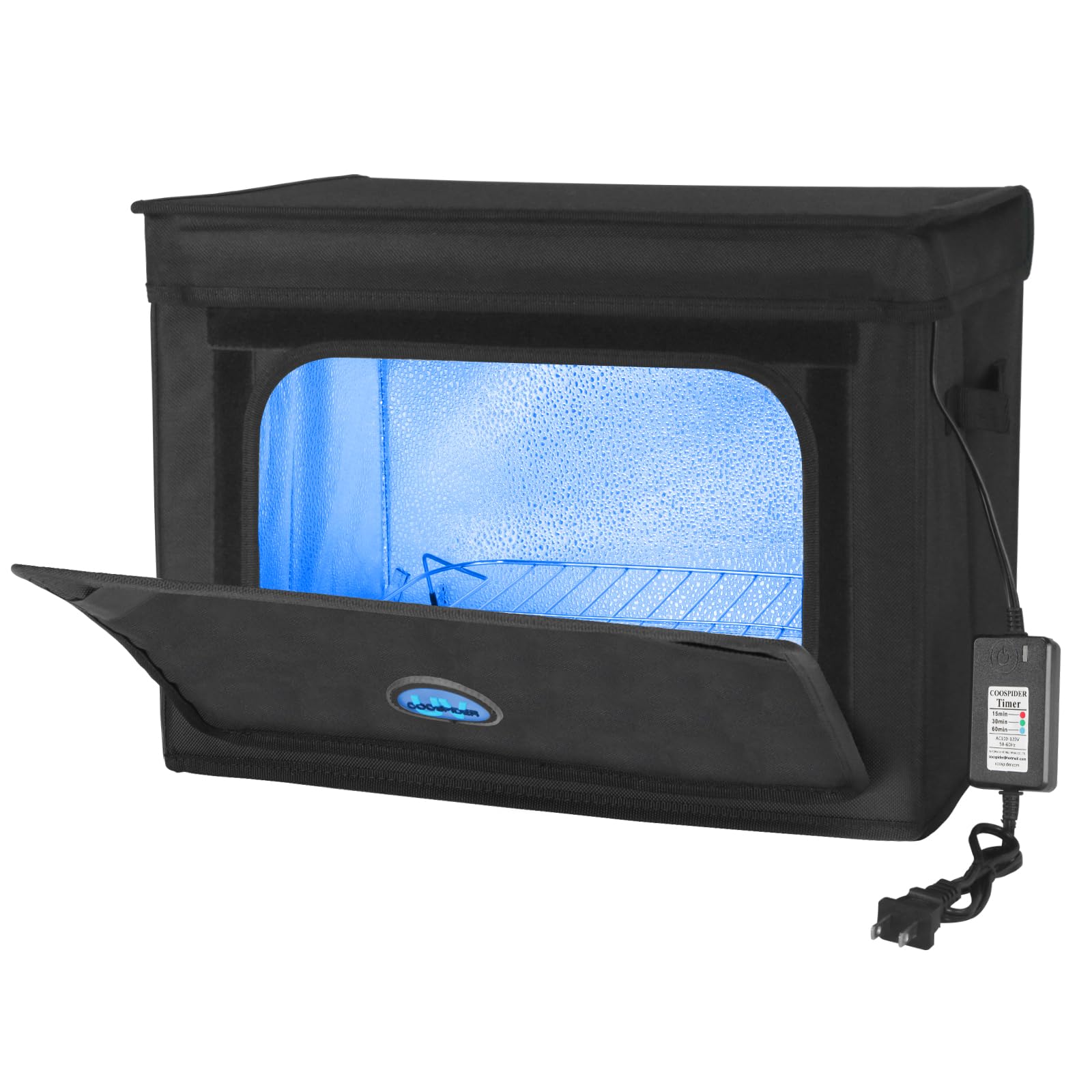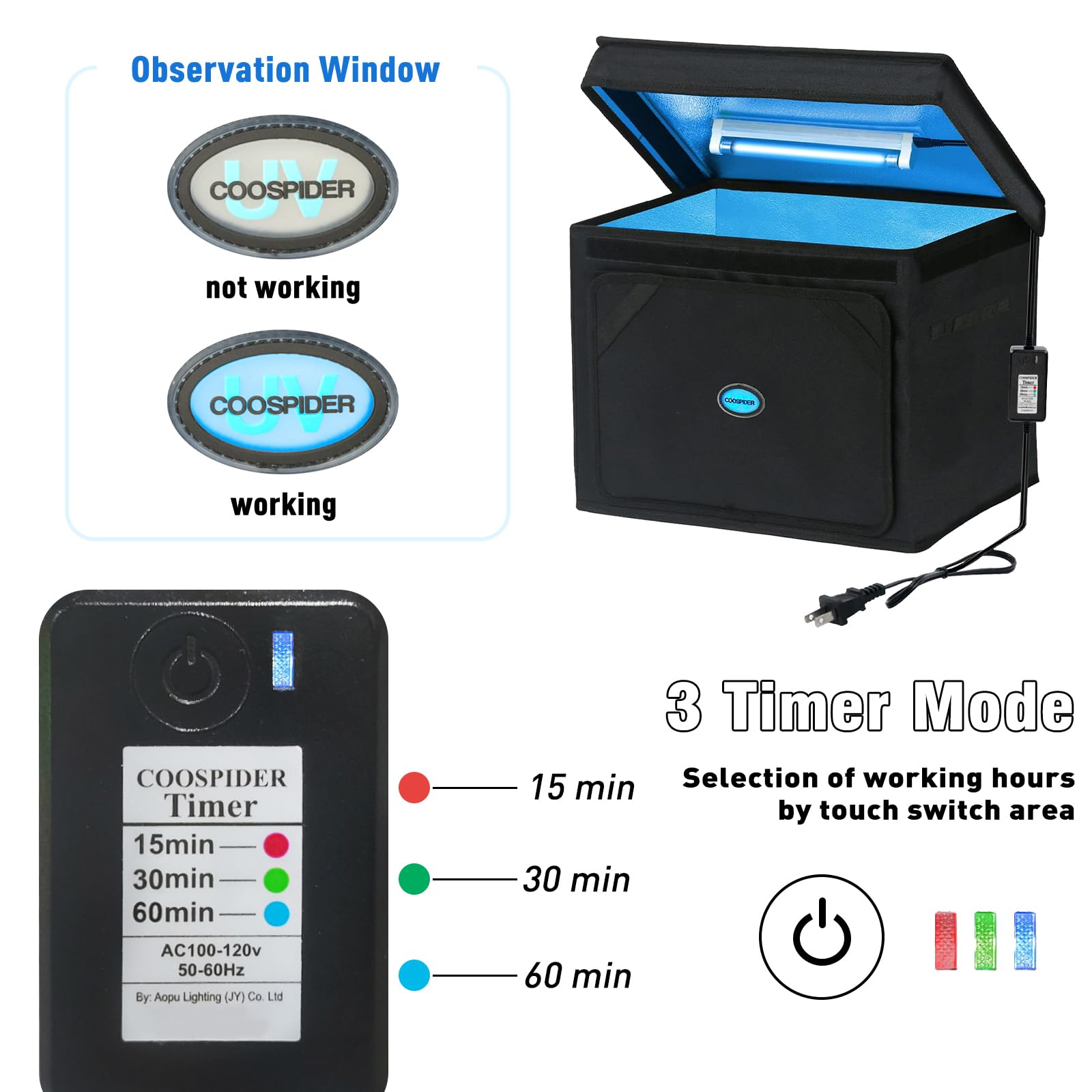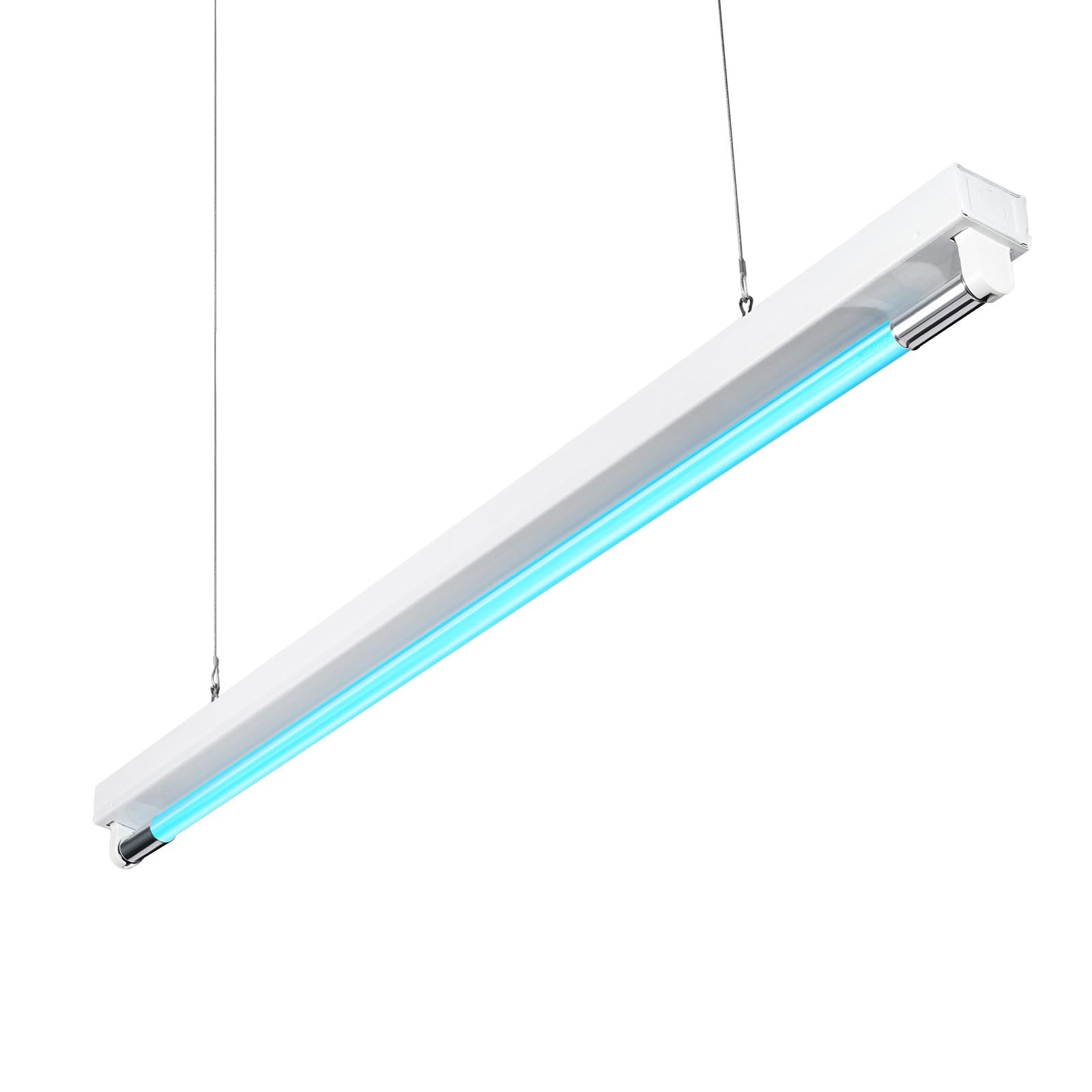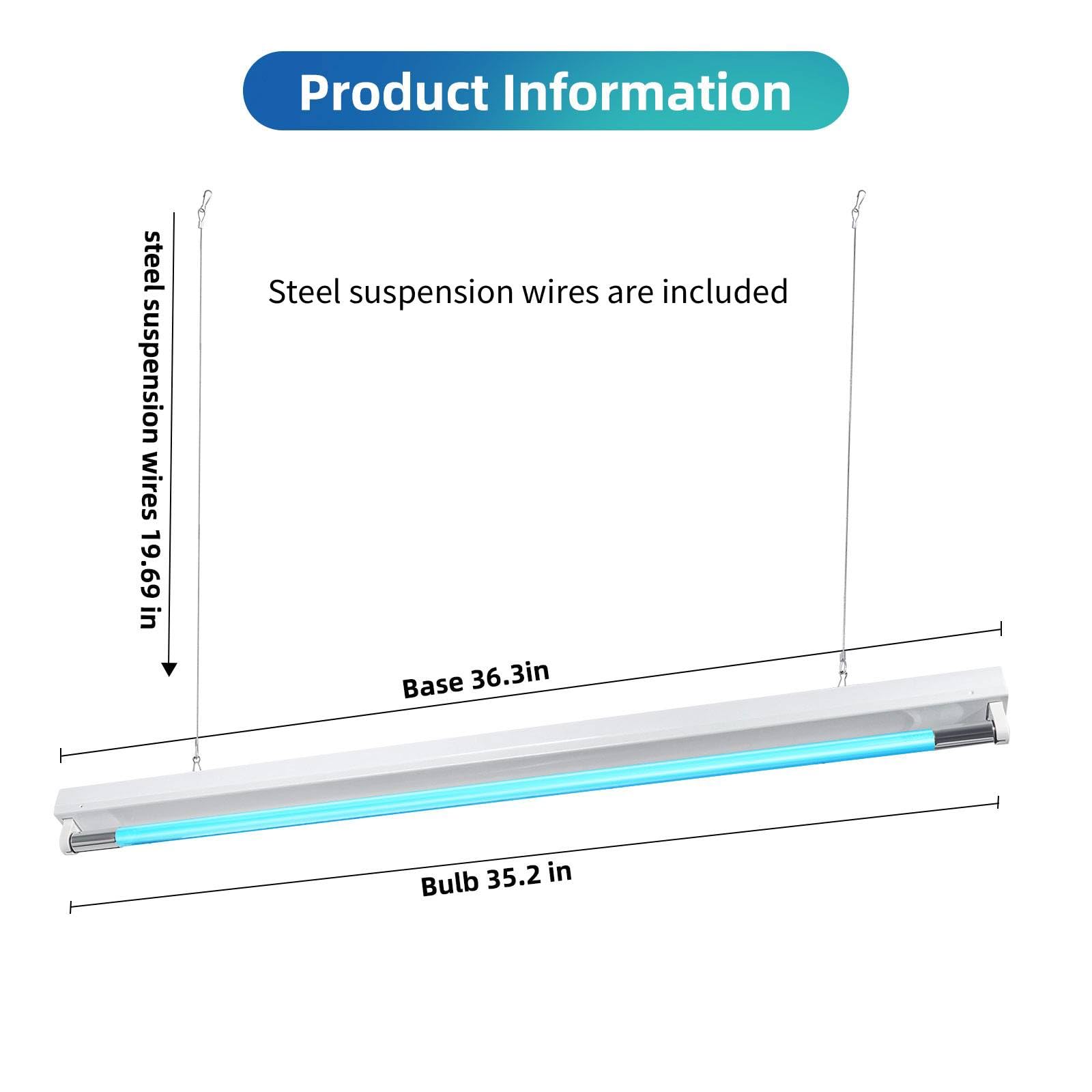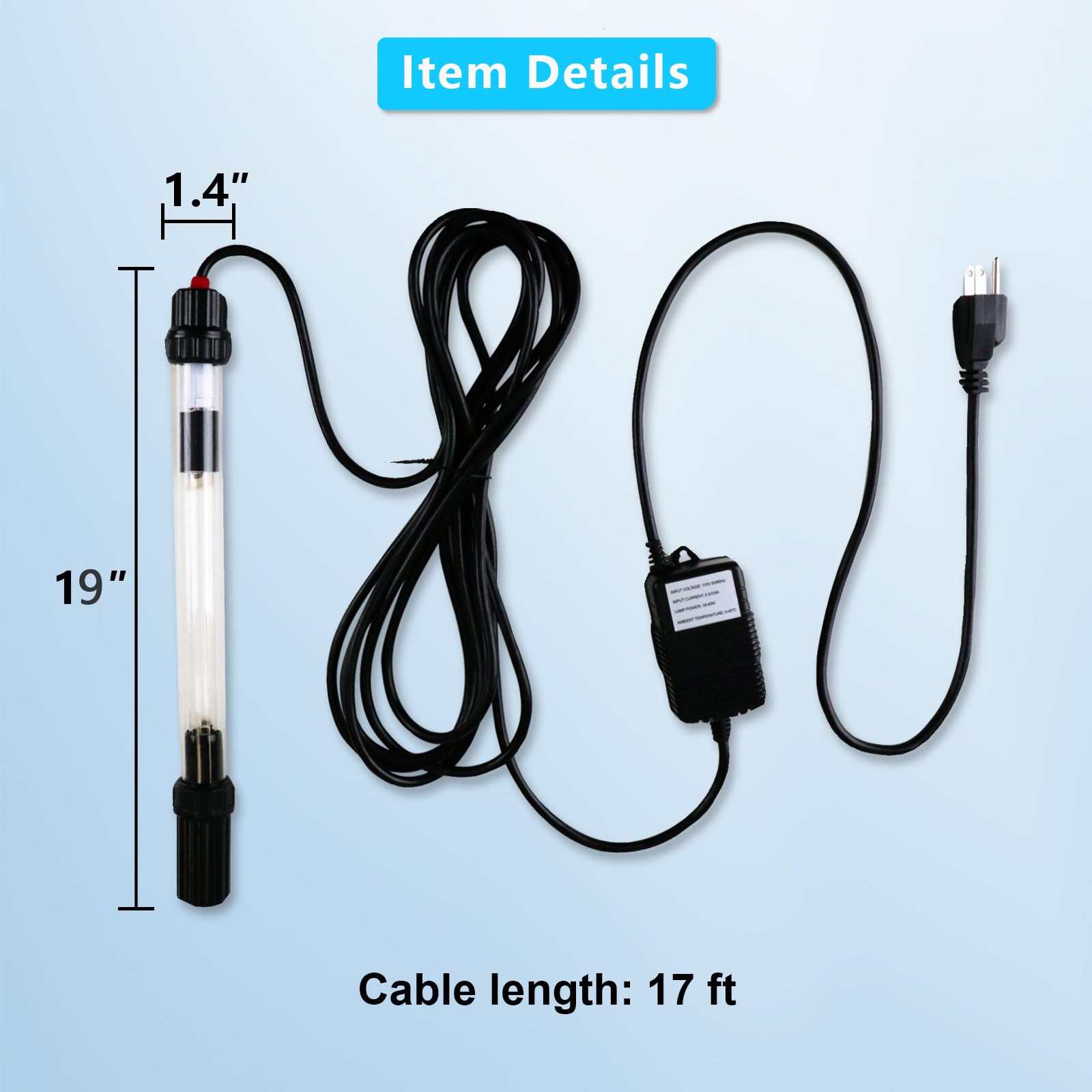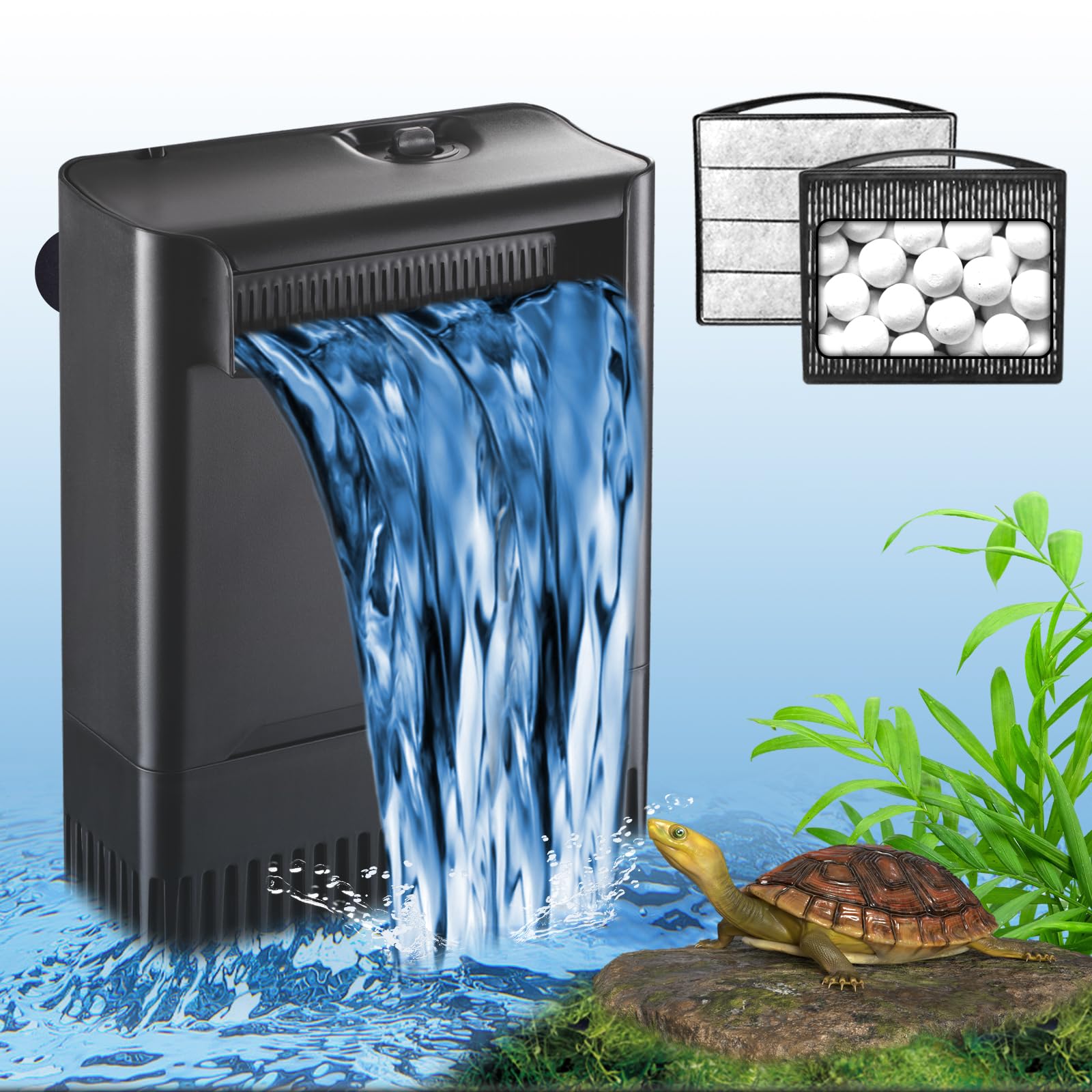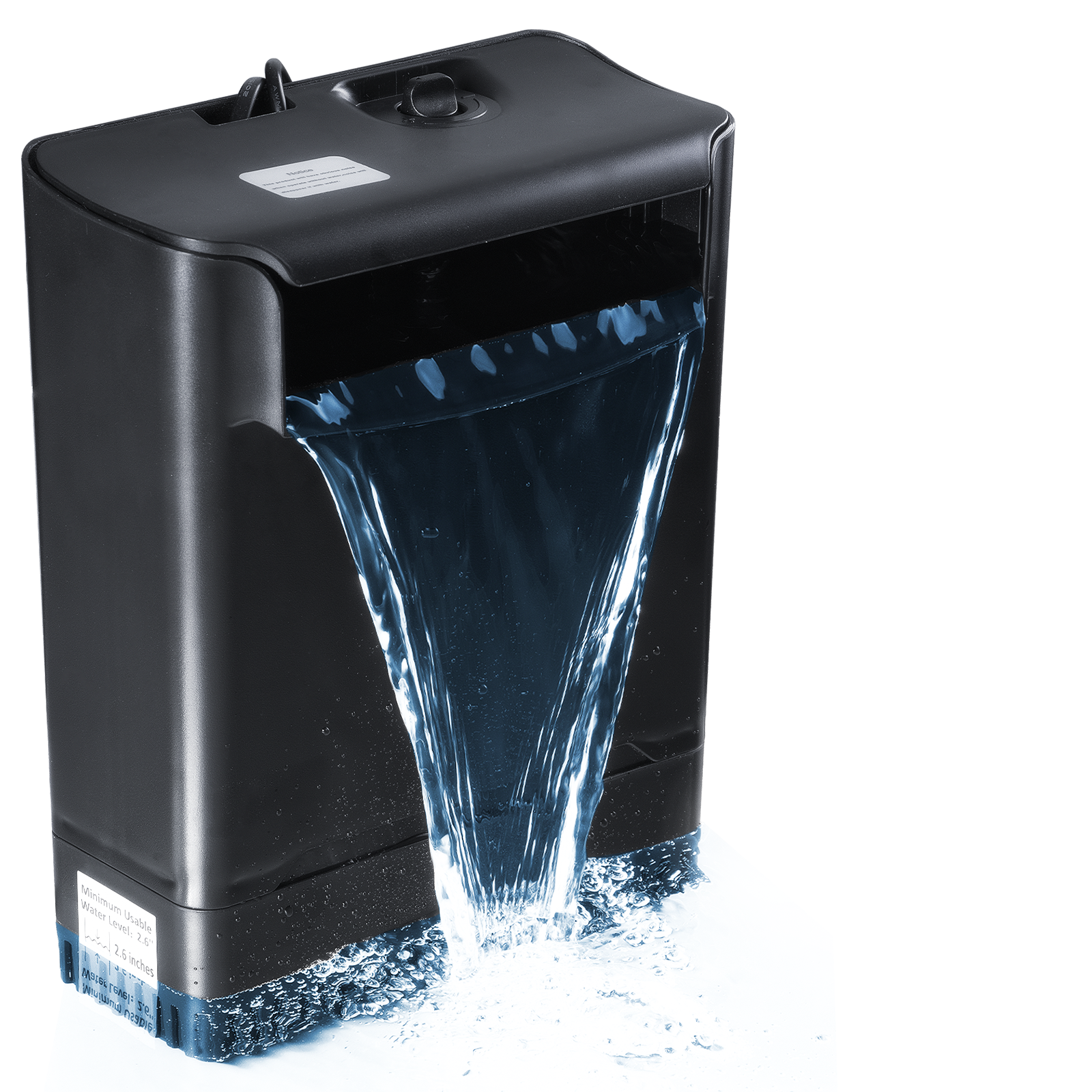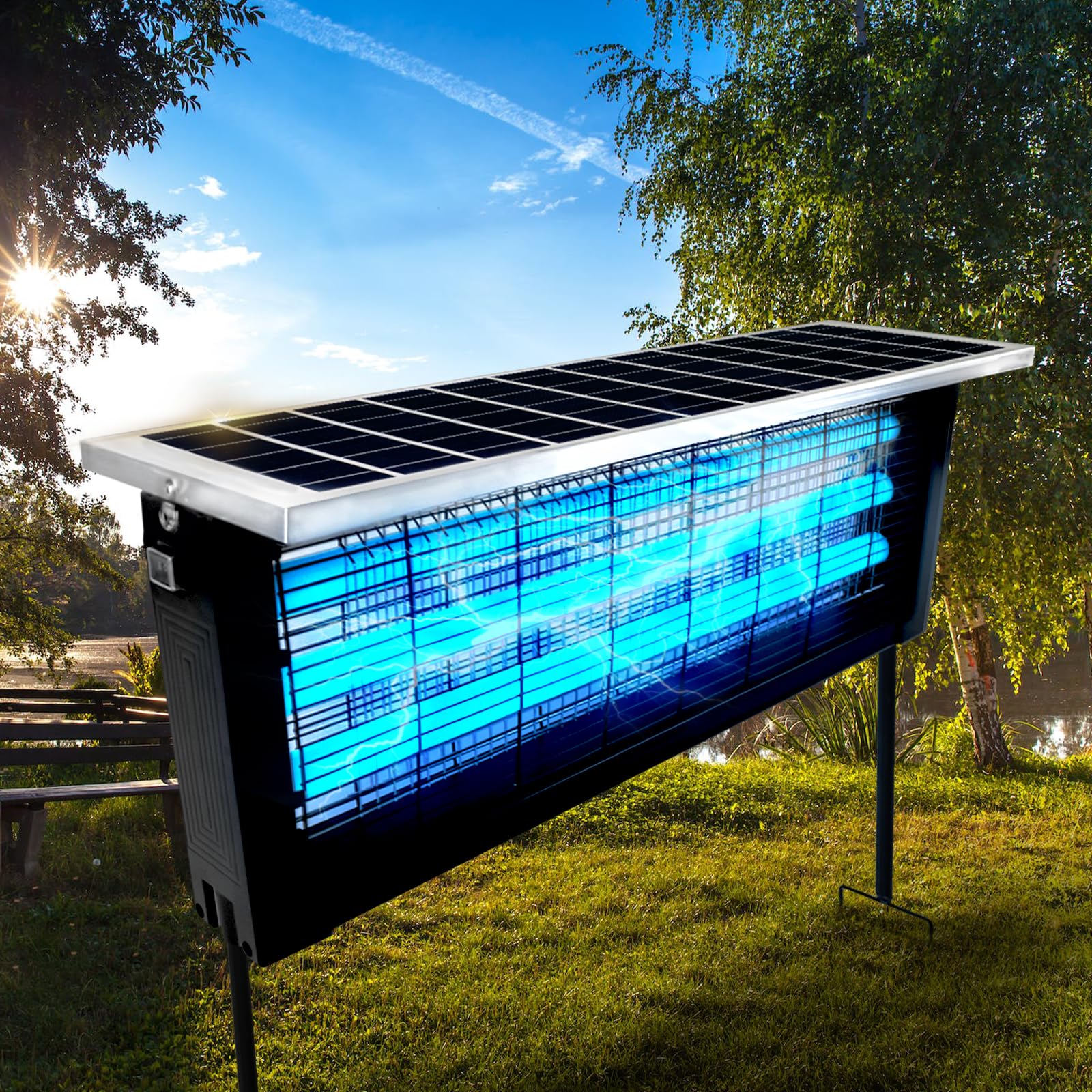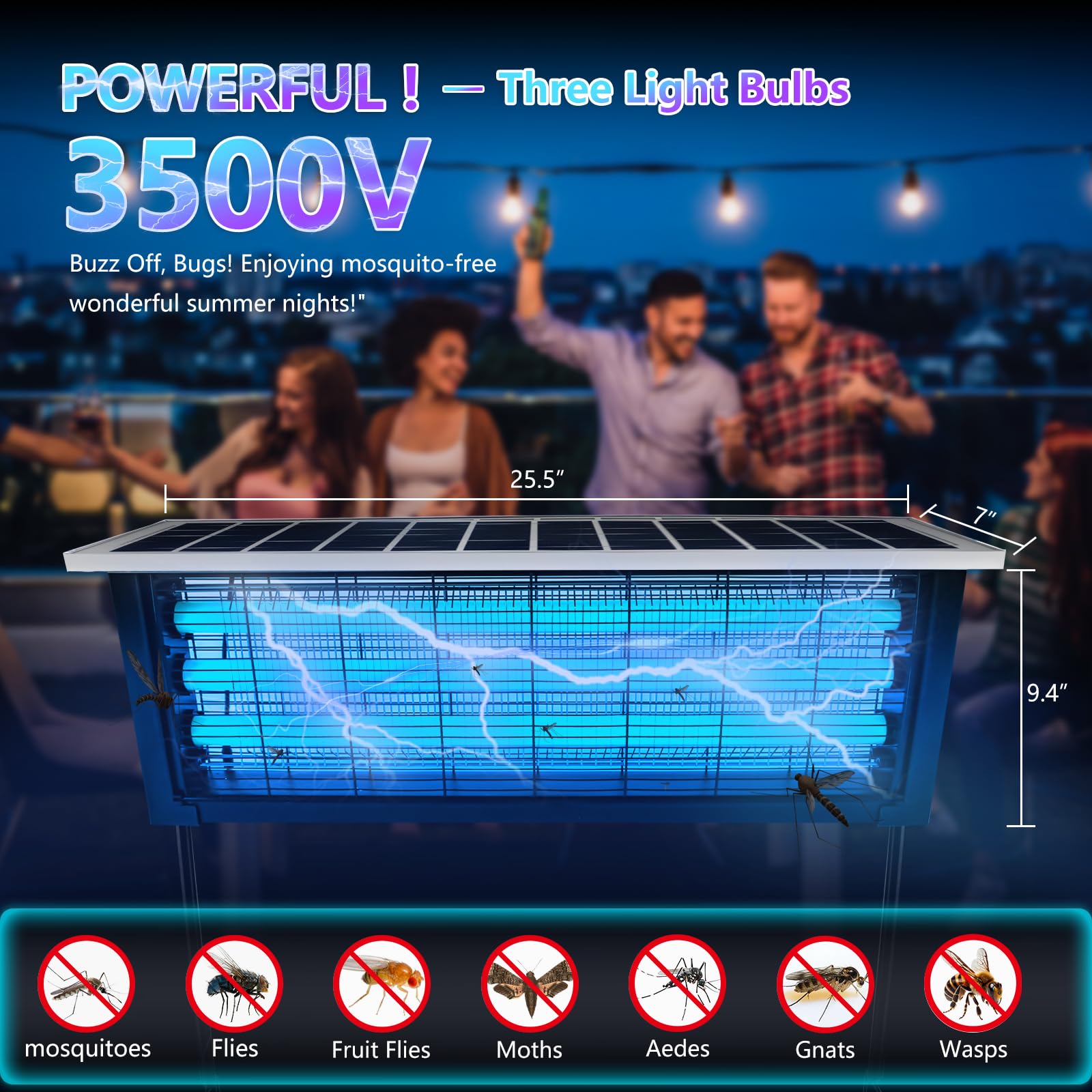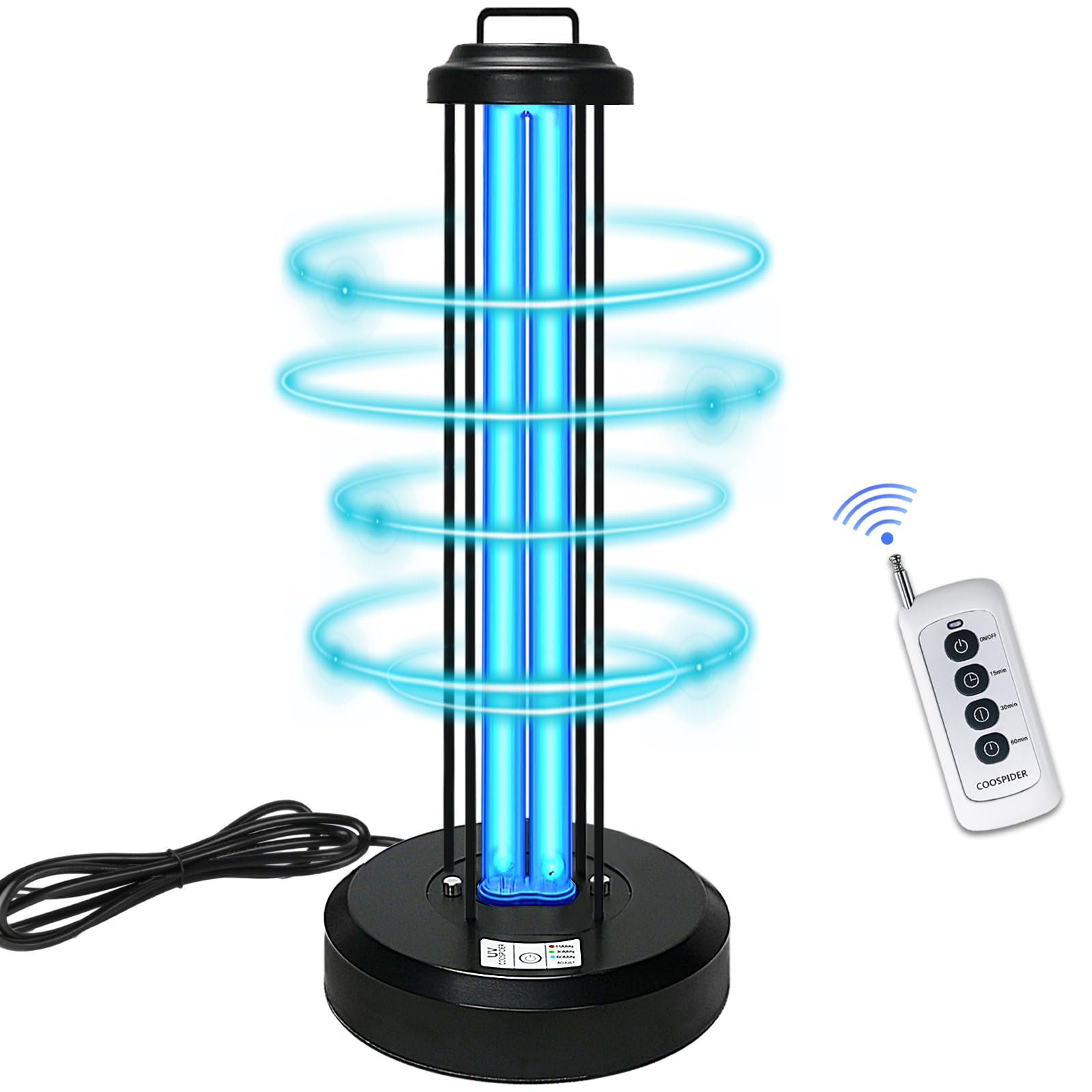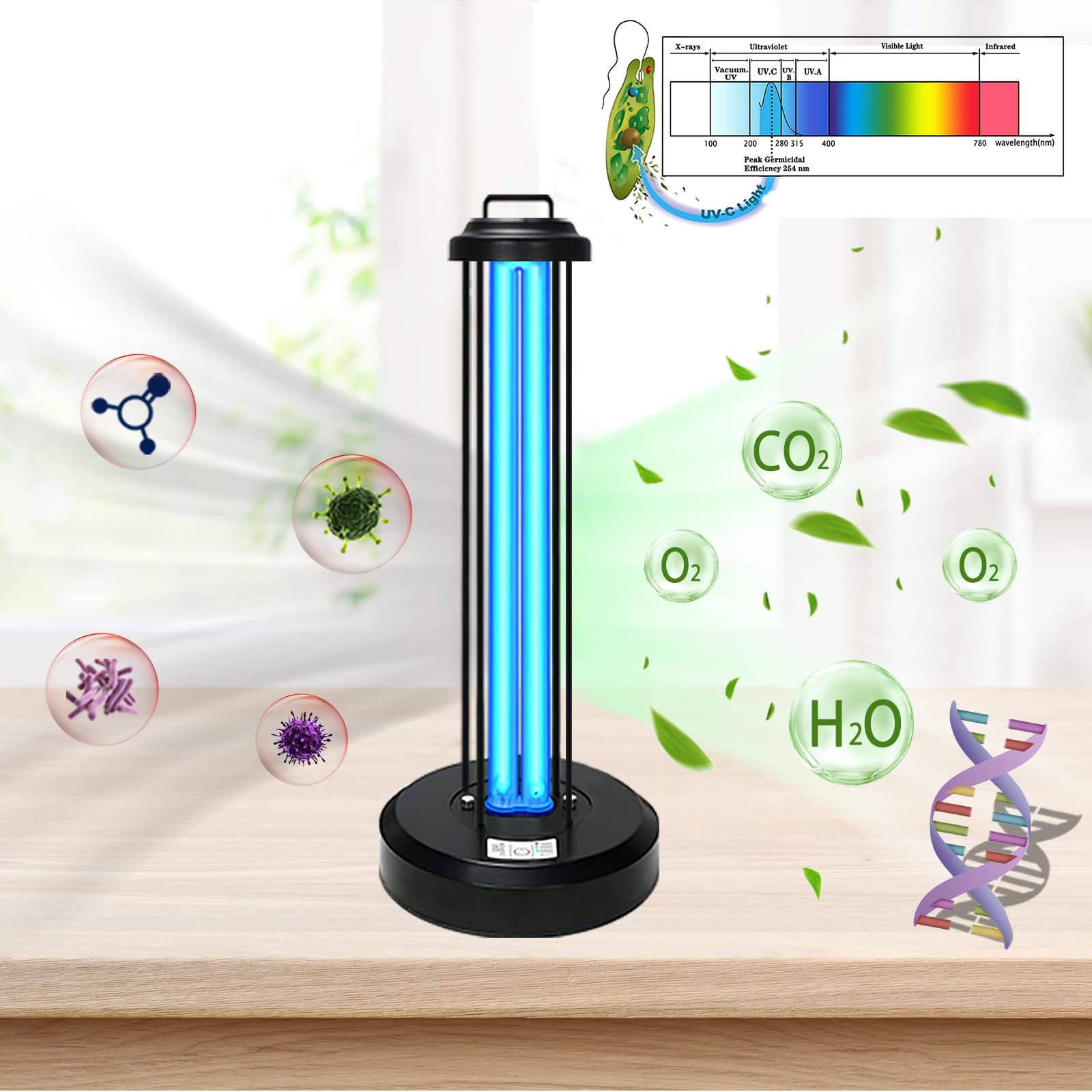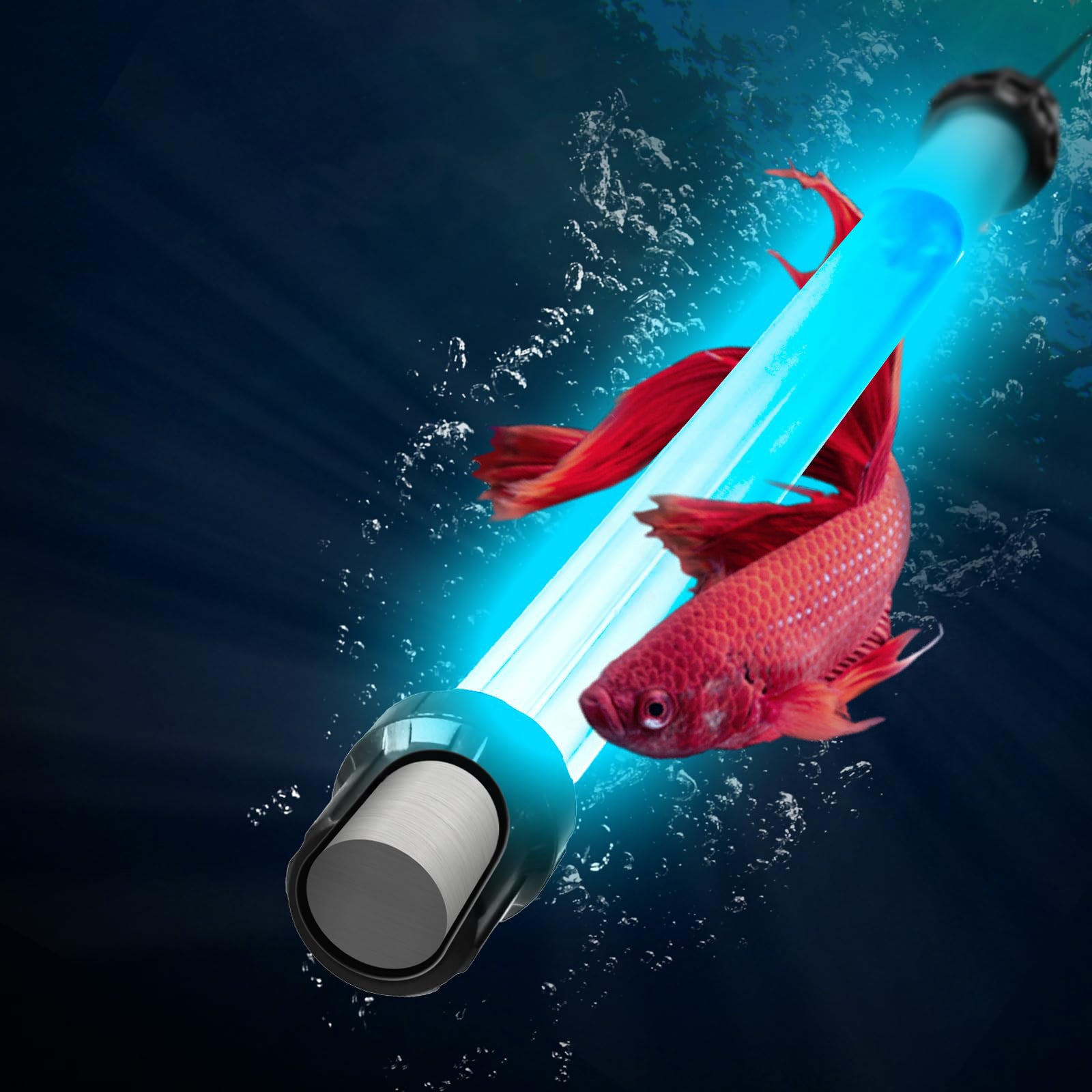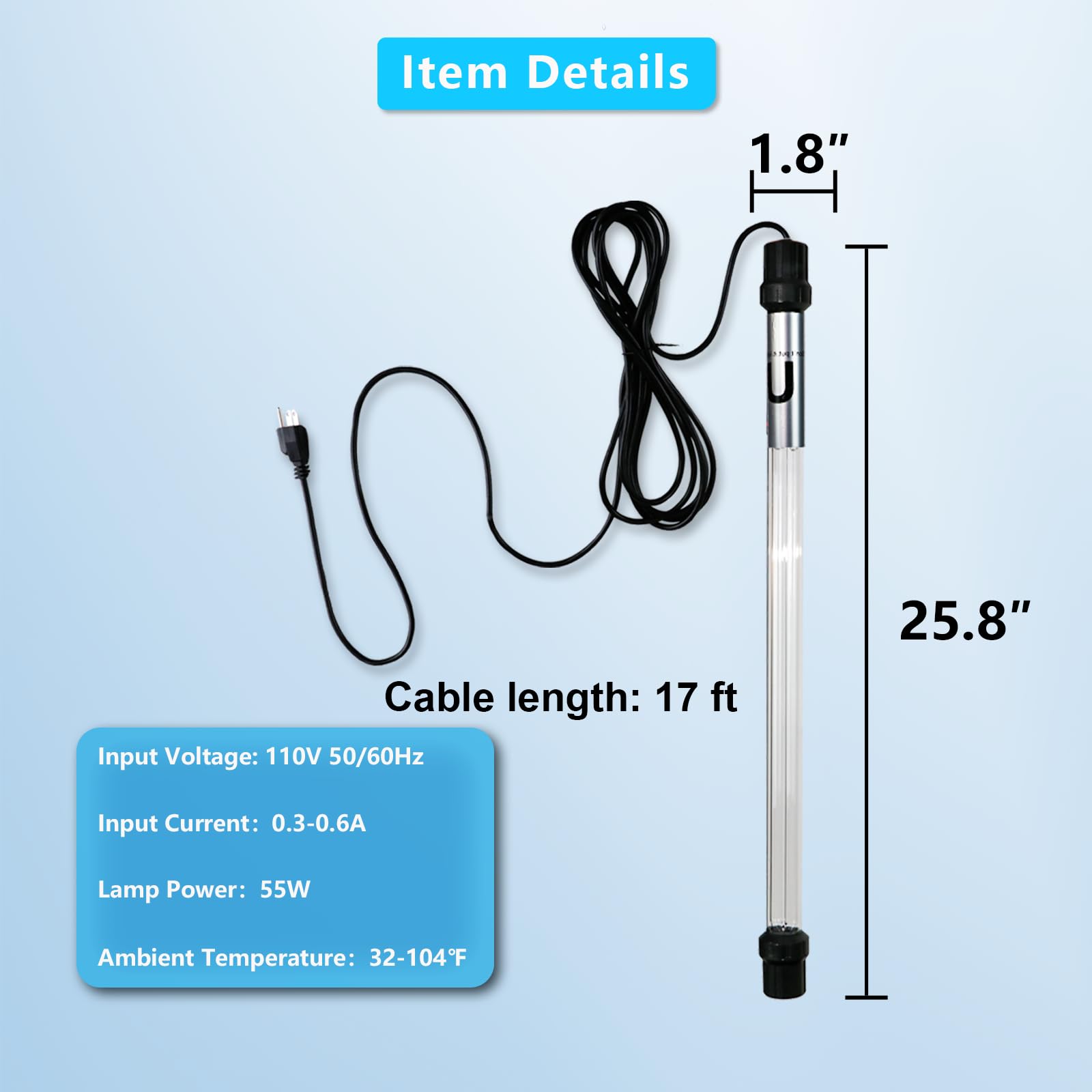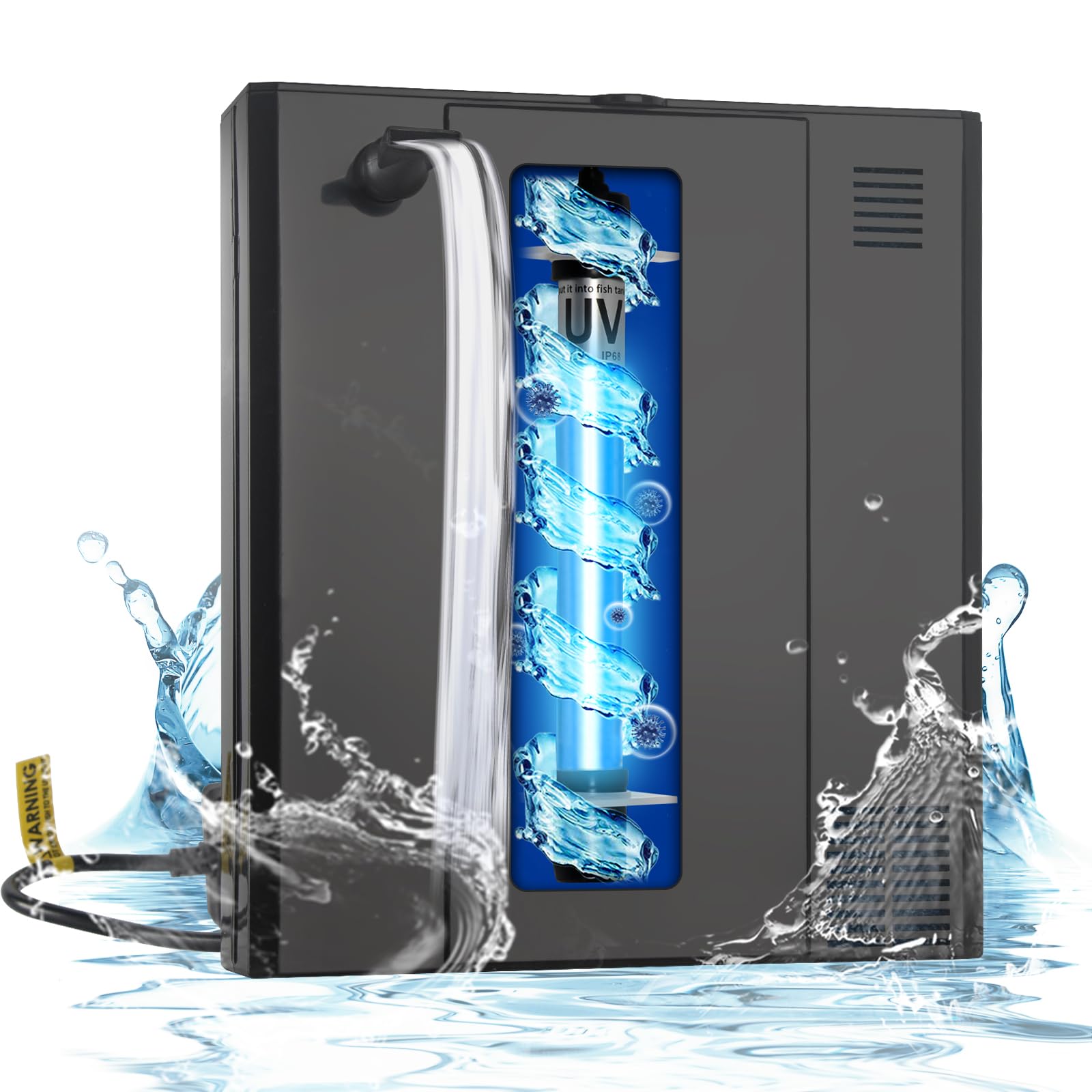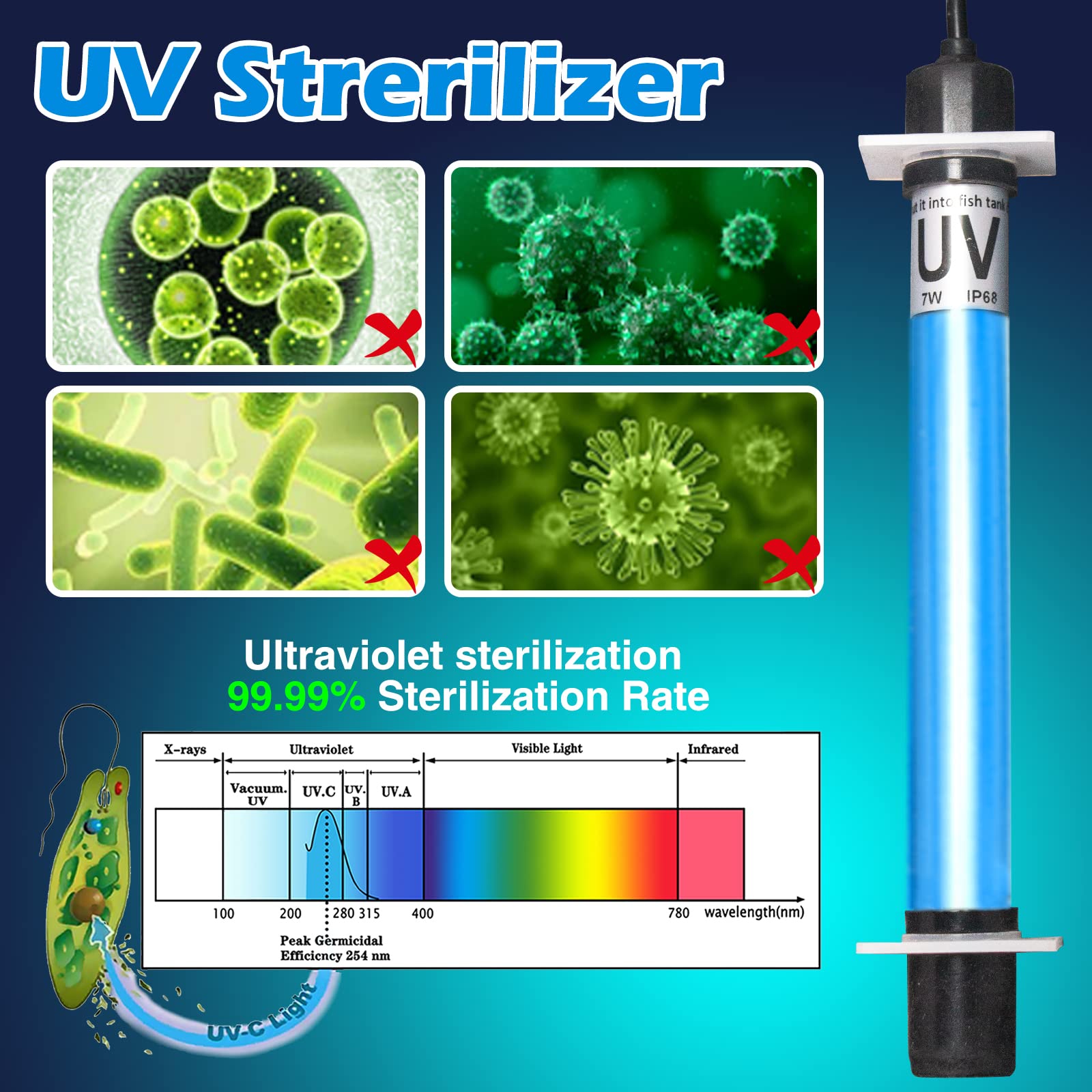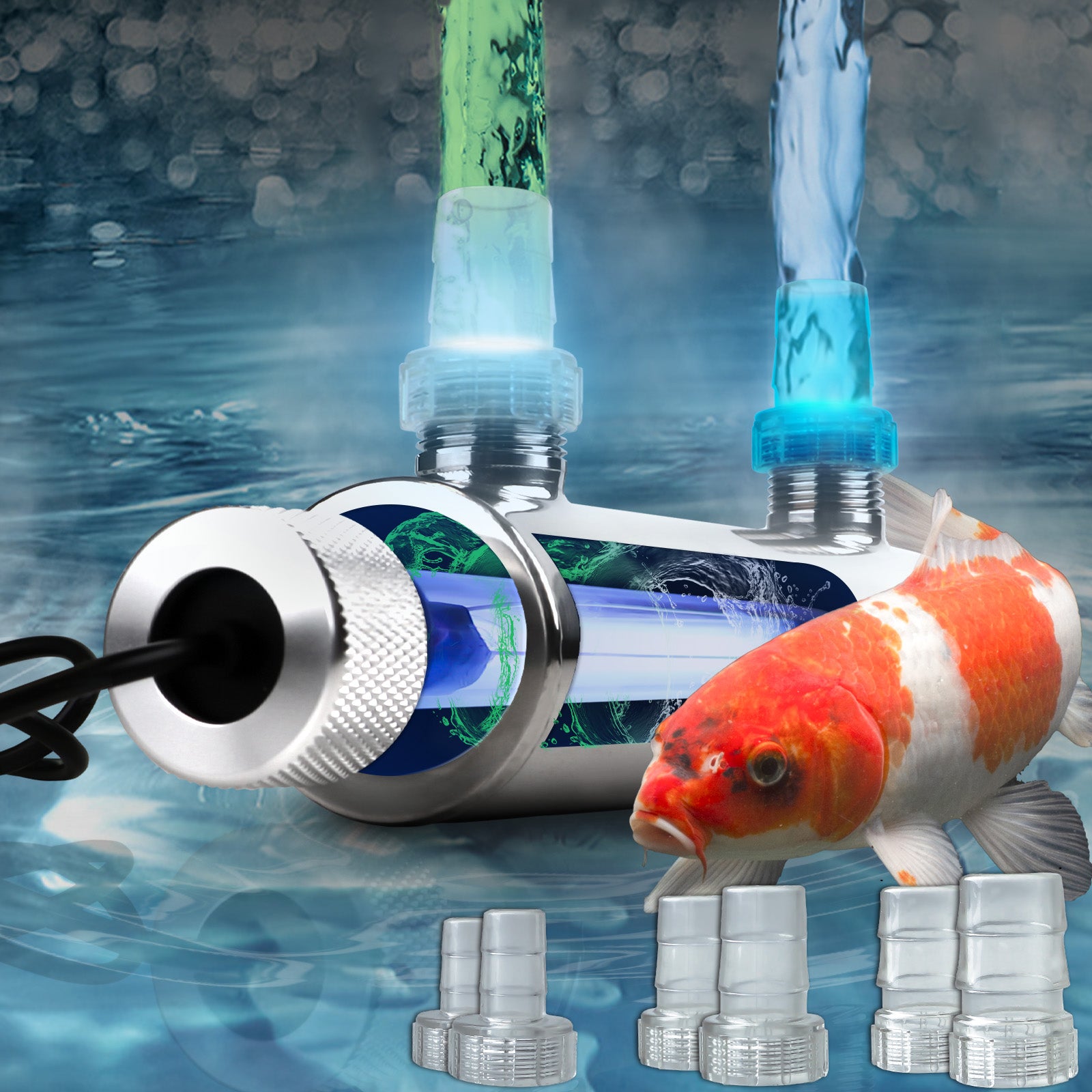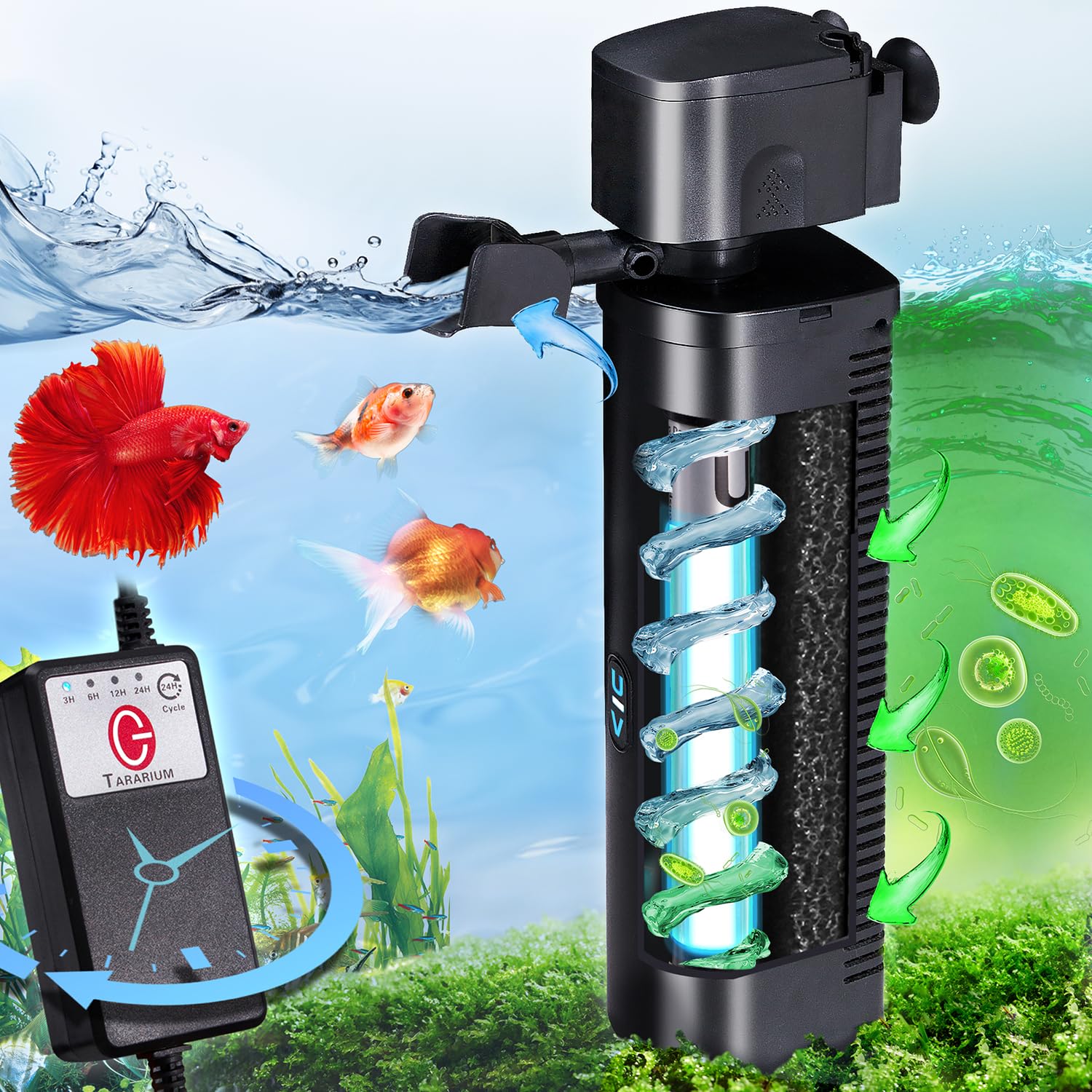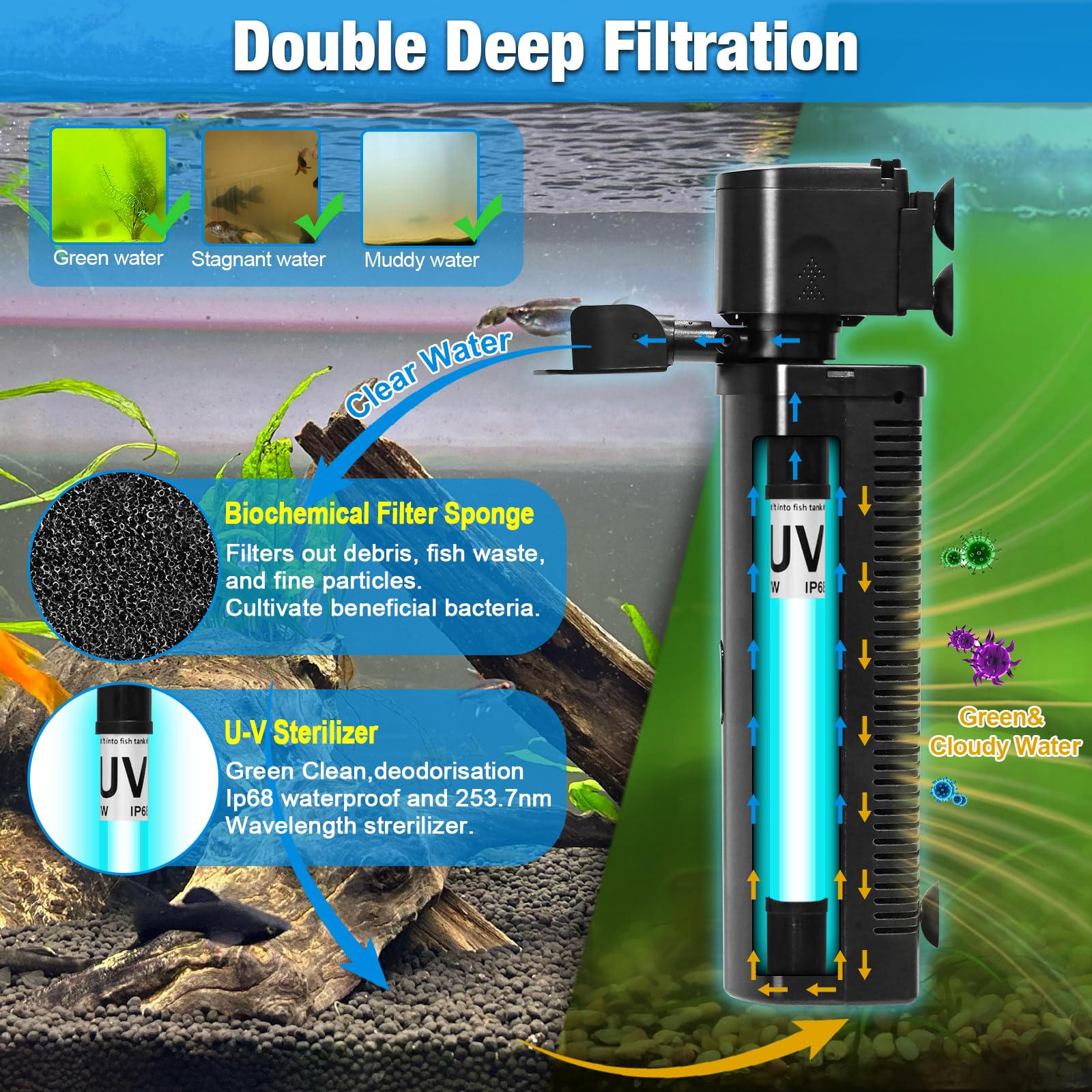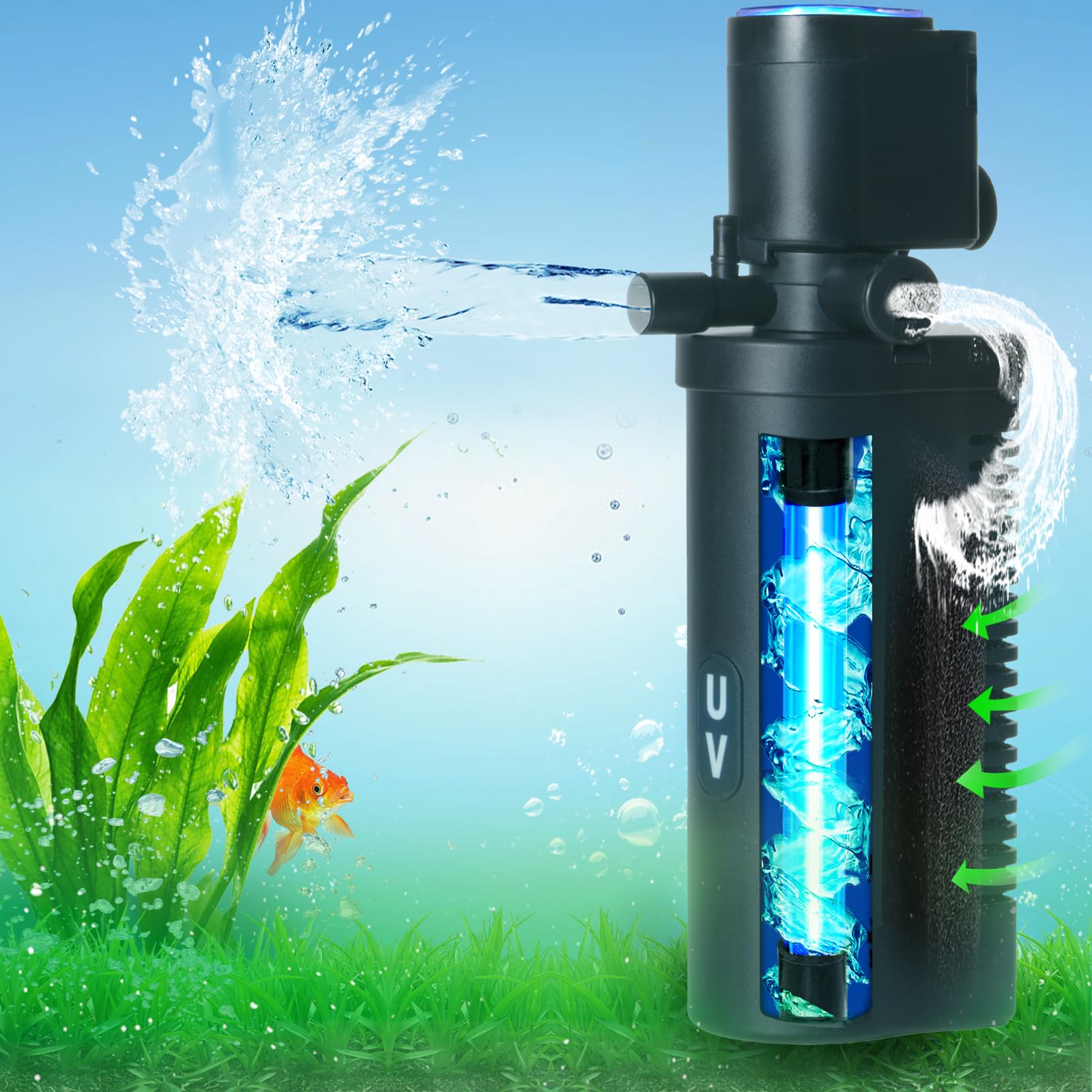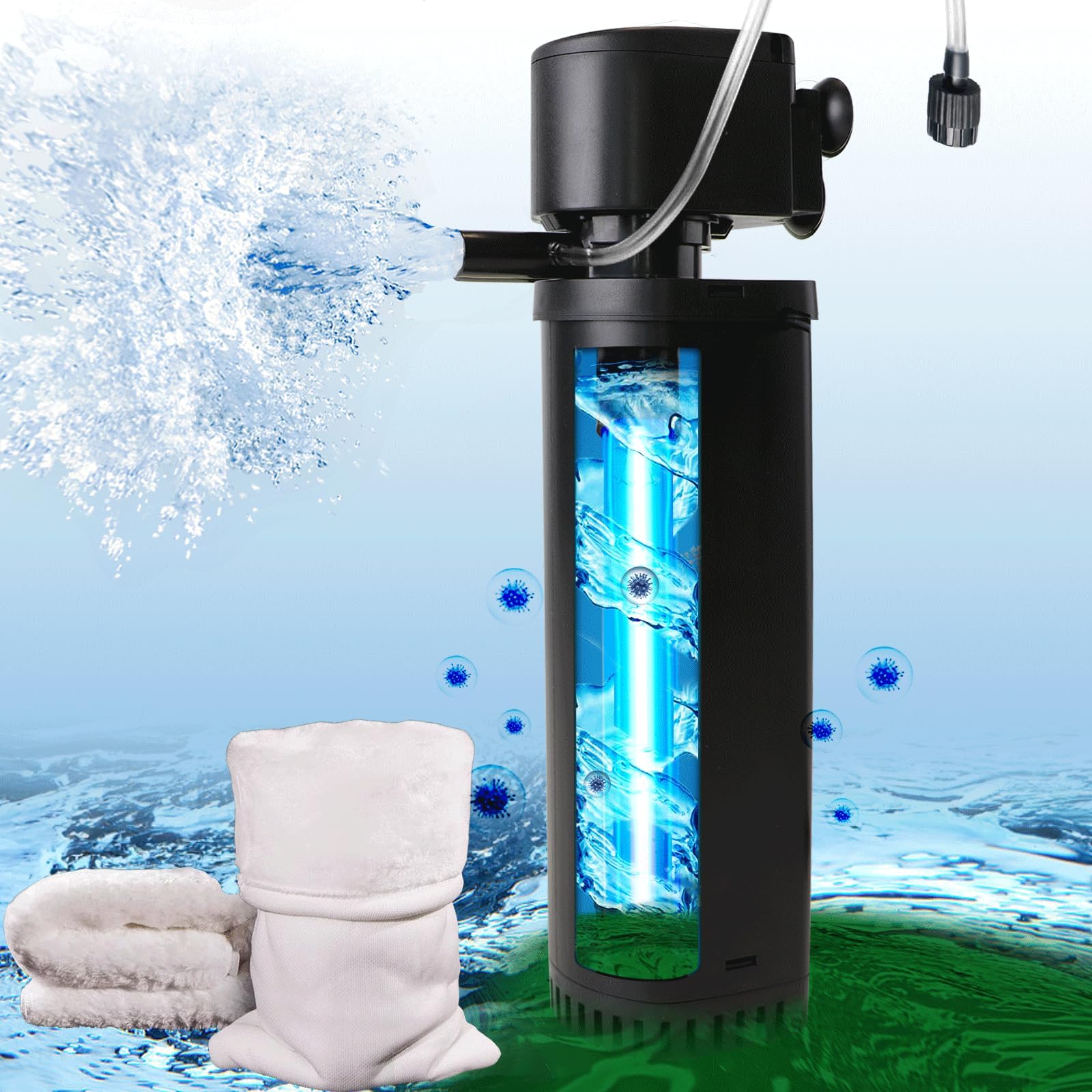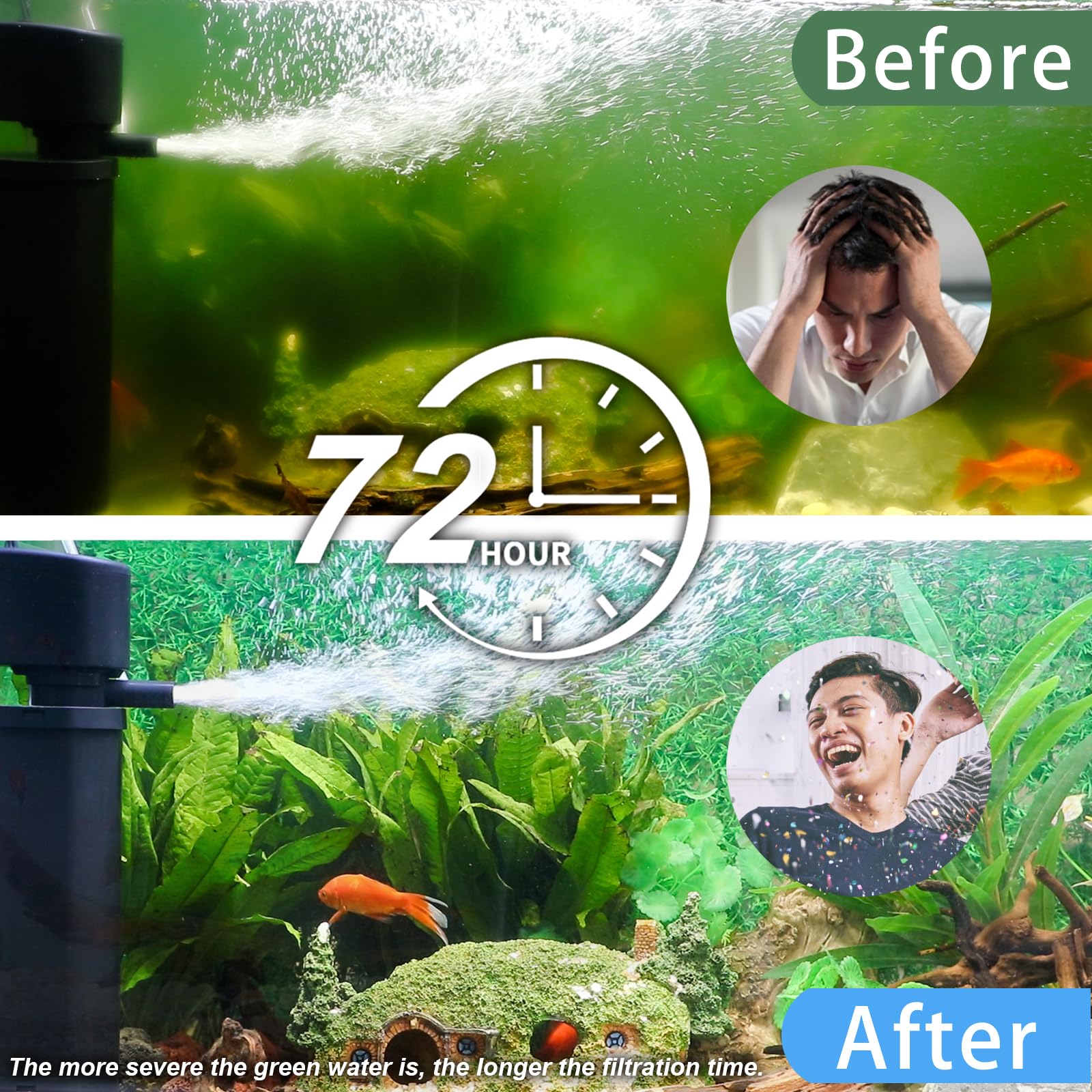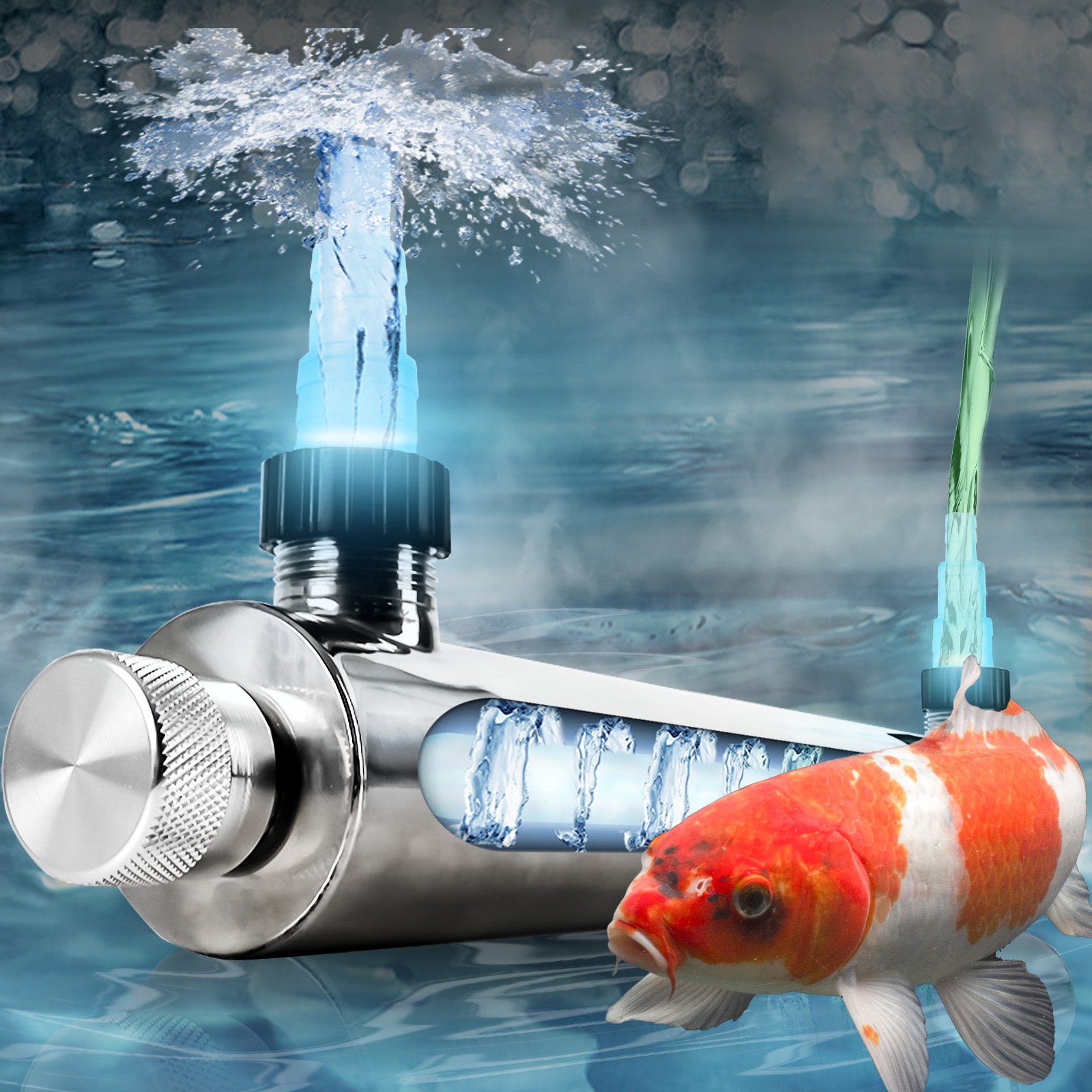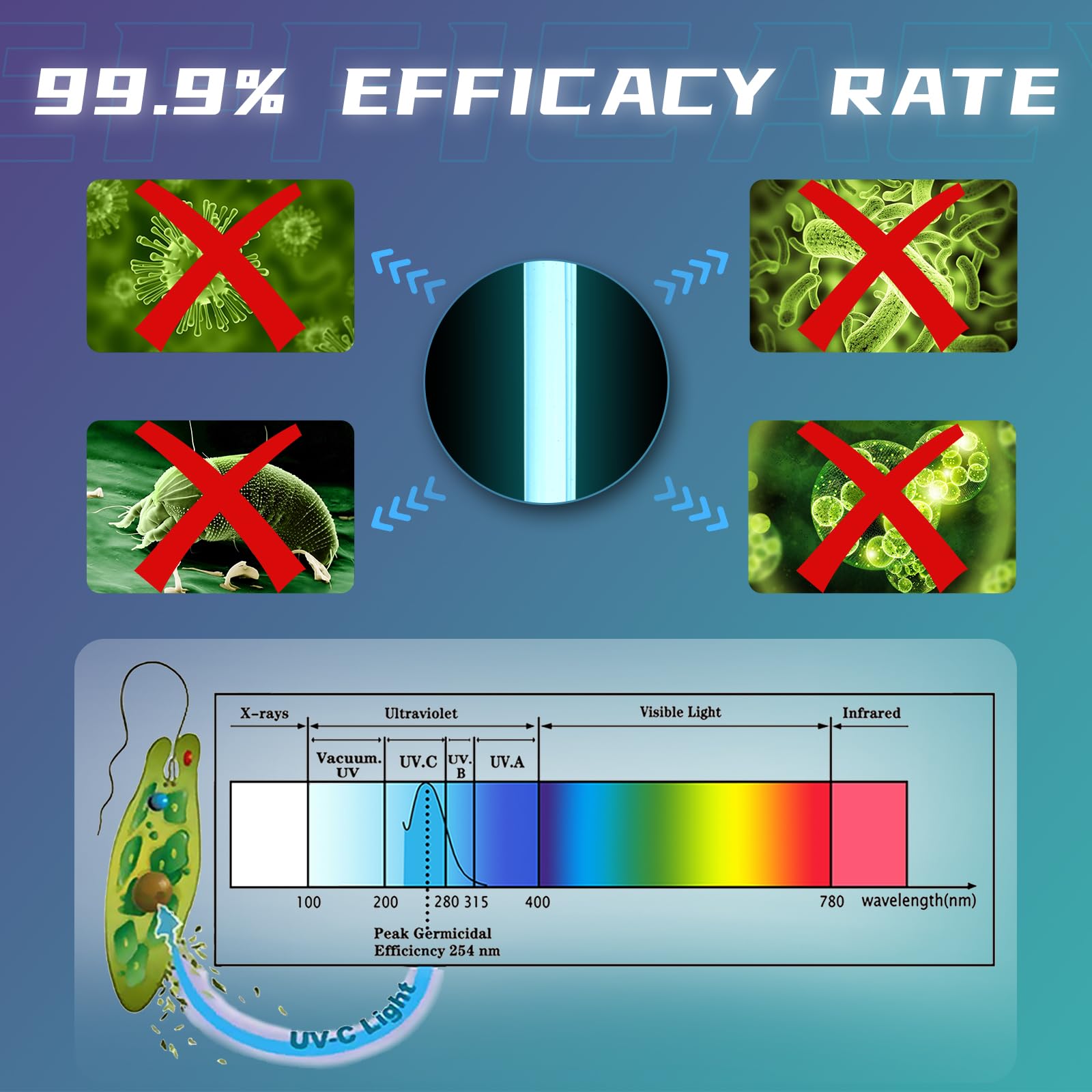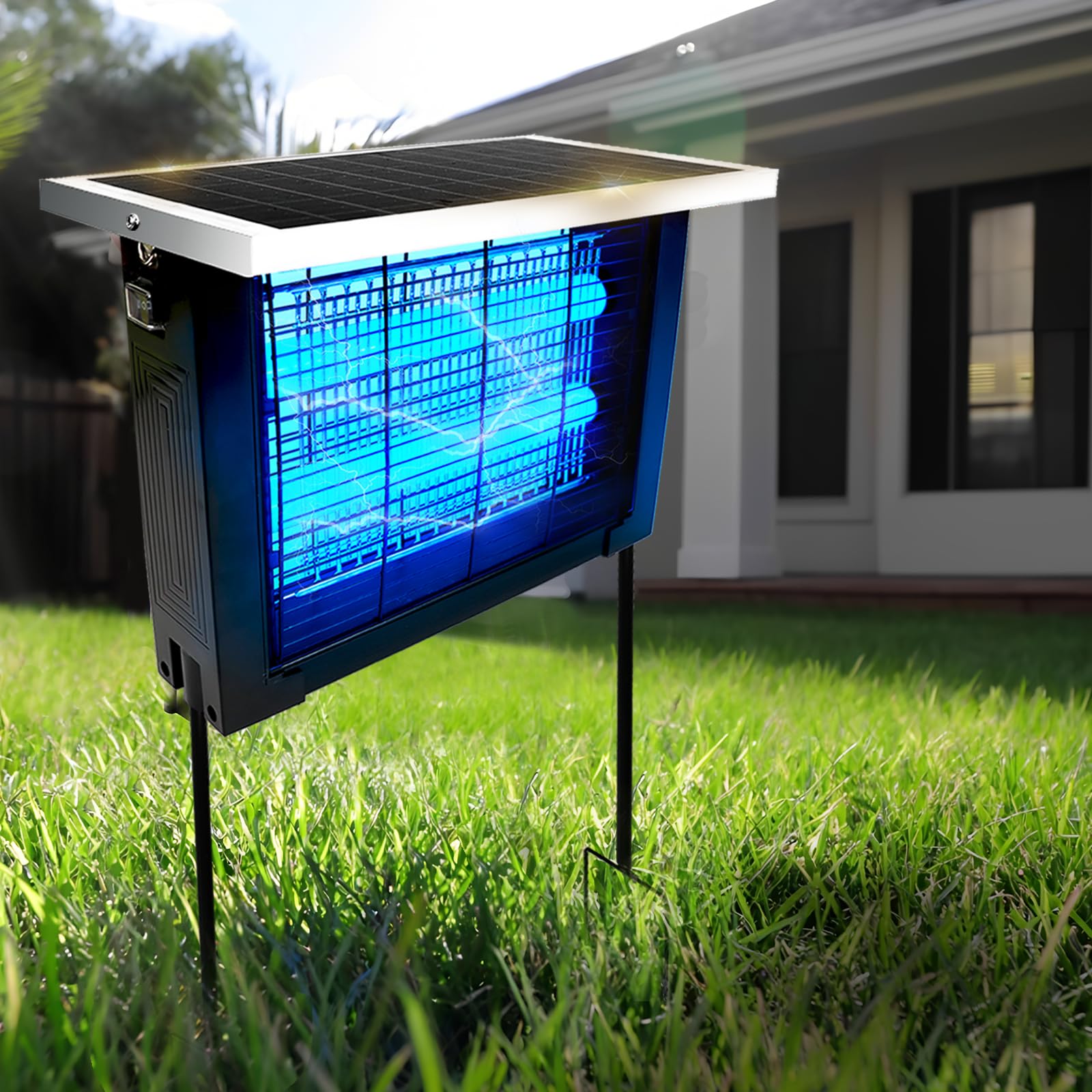Introduction to Koi Cultivation
Keeping koi (Cyprinus rubrofuscus) has evolved from ancient Chinese aquaculture to modern therapeutic hobby. This guide bridges traditional Eastern techniques with contemporary Western practices for optimal results...
Chapter 1: Planning Your Koi Habitat
1.1 Selecting the Perfect Location
-
Sun exposure analysis (4-6 hours ideal)
-
Underground utility considerations
-
Wind protection strategies
1.2 Pond Size Calculations
Minimum requirements:
-
250 gallons per juvenile koi
-
500+ gallons for mature specimens
-
Depth gradients (3ft shallow → 6ft wintering zone)
[Detailed diagrams of optimal pond cross-sections]
Chapter 2: Construction Essentials
2.1 Material Showdown
MaterialCostDurabilityMaintenancePreformed$$7/10EasyConcrete$$$$10/10HardPVC Liner$$$8/10Medium
2.2 Filtration Systems
-
Mechanical vs biological filtration
-
DIY vs commercial solutions
-
UV clarifier necessity debate
Chapter 3: Selecting Your Koi
3.1 Varieties Breakdown
Traditional Chinese types:
-
Kohaku (white body, red pattern)
-
Sanke (white with red/black)
-
Showa (black with red/white)
3.2 Health Evaluation Checklist
✔ Gill movement rhythm
✔ Scale alignment
✔ Fin integrity test
Chapter 4: Daily Maintenance Routine
4.1 Feeding Schedule
Seasonal adjustments:
-
Spring: High-protein (35%)
-
Summer: Color-enhancing
-
Fall: Wheat-germ preparation
-
Winter: Fasting protocols
4.2 Water Quality Management
Testing frequency:
-
Ammonia: Daily for new ponds
-
Nitrites: Weekly
-
pH: Bi-weekly
Chapter 5: Seasonal Considerations
5.1 Winter Survival Guide
-
De-icer installation
-
Feeding cessation thresholds
-
Predator protection
5.2 Breeding Basics
-
Sex identification techniques
-
Spawning mat alternatives
-
Fry rearing tips
Troubleshooting Section
Common issues:
-
Algae blooms: Barley straw solution
-
Jumping fish: Perimeter netting
-
Lethargy: Oxygen level checks
Resources
-
Recommended pH test kits
-
Trusted online suppliers
-
Koi health forums
